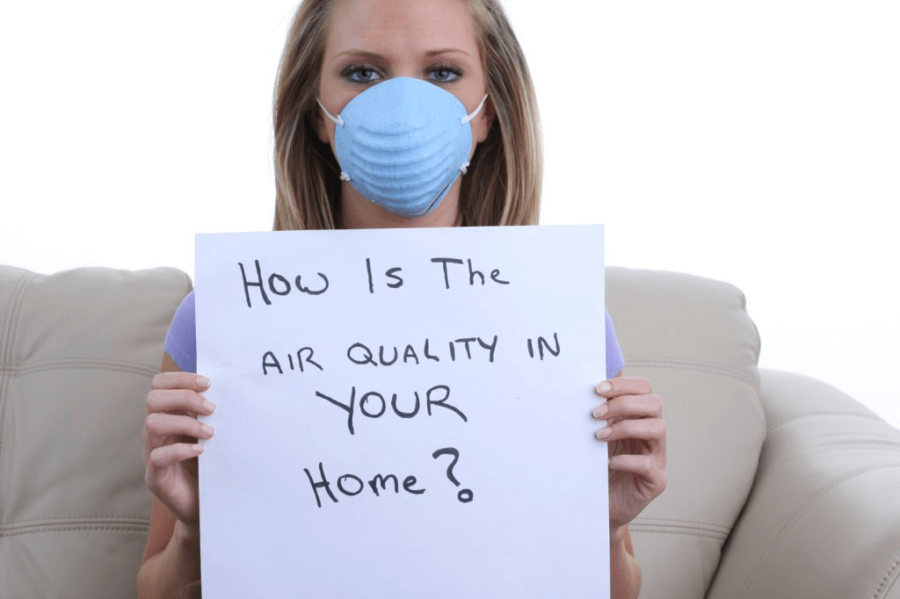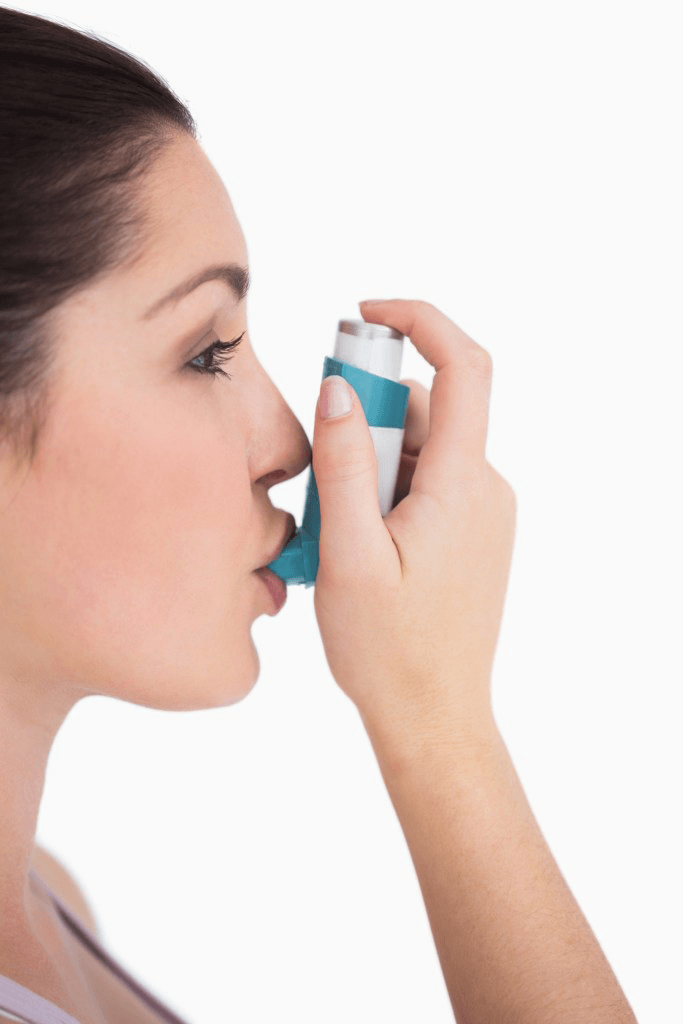Did you know that the air inside your home is actually 5 to times more polluted than the air outside? This may seem hard to imagine because we don’t usually think about the air in our own homes when we think about pollution. We think of smoke pollution from cars or breathing in secondhand smoke from strangers, rarely realizing how critical the quality of indoor air could be for our health.
The COVID-19 pandemic has further restricted our movements and forced us to spend much more time at home. Working from home has become the new normal for most employees. Staying indoors means we are more exposed to harmful pollutants that linger in the air that is circulating inside our homes. Prolonged exposure to poor indoor air quality could have adverse effects on our health, especially for those with allergies or asthma. This is especially true for children or the elderly who have weaker immune systems and are more susceptible to infections.
Risks of Poor Indoor Air Quality
The symptoms of poor air quality are usually mistaken for allergies, colds, or the flu. However, a telling sign that these symptoms are from indoor air contaminants is when these symptoms disappear when you’re away from the specific location that causes you distress. Symptoms usually include headaches, coughing, fatigue, dizziness, nausea, and more. While these may seem like small nuisances, they can be bothersome over time, and build up to more severe symptoms. Prolonged exposure to pollutants—especially those such as lead or carbon monoxide—can even result in death.
Common Causes of Indoor Air Pollution
Recognizing the root causes of indoor air pollutants will be effective in raising the indoor air quality of your home. Here are some of the worst culprits:
Biological Contaminants
Common indoor pollutants that can be found in the home include bacteria, viruses, dust mites, cockroaches, and pollen build-up. Because most of them are invisible to the naked eye, it is practically impossible to eliminate all of these substances. They can travel through the air and linger in surfaces where people can breathe them in. That’s when they can cause health issues such as headaches, fatigue, asthma attacks, and allergic reactions.
Burning Fuel
Appliances that burn fuel, such as stoves, furnaces, or fireplaces can release carbon monoxide (CO) and nitrogen dioxide (NO2) when not properly ventilated or badly installed. Both CO and NO2 are poisonous gases that are extremely dangerous due to their difficulty to detect, as they are both colorless and odorless. NO2 exposure causes shortness of breath and frequent infections, while inhaling high levels of CO for long can have debilitating effects, such as long-term neurological disabilities, cardiorespiratory failure, and even death.
Poor Ventilation
The insufficient inflow of fresh air into your home can affect indoor air quality greatly. Without fresh air to dilute or remove indoor pollutants in the air, they can build up to high concentration levels that lead to poor indoor air quality. Aside from health issues, studies also show correlations between poor ventilation and decline in productivity as well as the increase of virus risk transmission.
How Do I Improve the Quality of Air in My Home?
The good news is, we have control over our indoor air environment — way more than we think. There are steps you can take to address air quality issues inside your home. You can improve ventilation by opening windows to let in fresh air and dilute the harmful pollutants. An indoor air quality sensor that you can pair with your other smart devices such as your cooling, heating, and air cleaning units at home can help you manage your indoor air quality.
For preventing a CO or NO2 leak, make sure your fuel-burning appliances are properly installed and well maintained. If you’re particularly wary about these gases, then a smart indoor air quality sensor would prove to be a potentially life-saving investment, as it would alert you immediately when your appliances go awry and release dangerous levels of CO and NO2 into the air.
What you can measure, you can improve. What you can visualize, you can control. With uHoo Smart Air Monitor you can track all the air quality factors that affect health and well-being and make better choices and decisions about your air quality from the tips and insights that you can get from the mobile app. By knowing exactly what’s in your air, you can create a healthy and safe environment for yourself and your family.
Benefits of Great Indoor Air Quality
Most people, once in control of their indoor air environment, experience a number of benefits that directly affect their lifestyles. Improved indoor air quality not only decreases adverse effects on your health, but can grant you better sleep, higher energy levels, and improved productivity for day to day tasks! Ultimately long-term exposure to quality indoor air should lead to improvements in both your health and your overall lifestyle.
So whether it be for your family or for your employees, maintaining the quality of indoor air in your household or business space is extremely important, not just for the health and safety of the occupants, but also for their comfort and well-being.
Want to learn more about improving indoor air quality? Contact us at hello@uhooair.com. We’d be happy to answer any of your questions!







